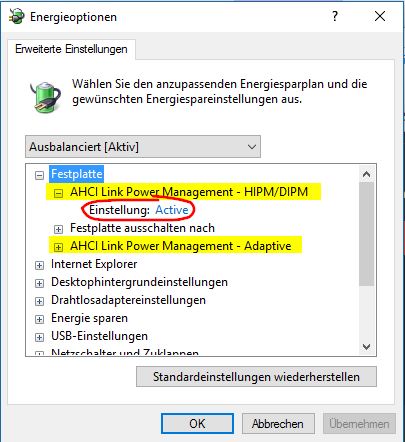


As well, I've found absolutely no major advantage to Connected Standby vs normal Standby. A few times the tablet cut power to the SSD due to timeout and caused the machine to reboot, but I fixed that by setting the silly AHCI Power Management option to Adaptive HIPM/DIPM (default 100ms) and haven't had a single incident since. To conserve power, unnecessary components on the processor are powered down, including all of the clock components, and wakeup sources previously directed to the processor. In the connected standby sleep state a dedicated power plane is used to maintain processor context. Power consumption and dissipation during sleep states of processors is reduced using a novel connected standby sleep state. Connected standby systems use a different setting to control sleep and hibernation than is used by systems that don't have. After you deploy Group Policy power management settings or preferences that contain the Specify the system sleep timeout or Sleep after setting, connected standby systems that are running Windows 8.1 don't sleep or hibernate at the configured time. It's supported on Windows RT devices like the Surface RT and Surface 2, but Intel is also working on adding support for Connected Standby to its own CPUs so Intel-powered tablets can catch up to ARM devices. An easy way to find out is by checking your taskbar for the icon circled in red in the image below.Connected Standby is a low-power state that allows Windows 8 and 8.1 to function more like a tablet or smartphone than a typical PC. Once the Link State Power Management is turned off, check if you are running Intel Rapid Storage Technology®. (For NVMe SSD's) Make sure the “Link State Power Management®” under the “PCI Express” field is set to “Off” (Laptop users select battery and power adapter).(For SATA SSD's) Make sure the hard disk field is set to never (Laptop users select battery and power adapter).The first step is to stop Windows from abruptly cutting power to your drive. In addition, you can correct these issues by changing how Windows® manages the power to your SSD. Once the program is installed and opened, you should see a prompt to update your SSD to a newer firmware revision if one is available. You can achieve this using the Crucial Storage Executive tool. First, make sure that the firmware on your SSD is up to date. If your system no longer recognizes the Crucial® SSD when in use or when coming out of sleep mode, or if your system is locking up or crashing, several adjustments can resolve this.


 0 kommentar(er)
0 kommentar(er)
